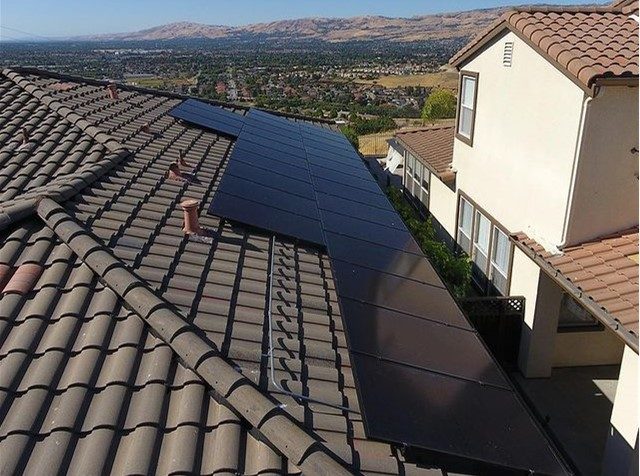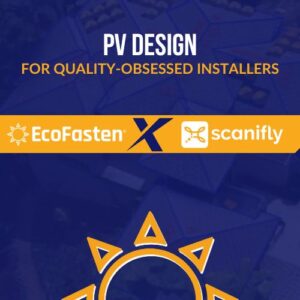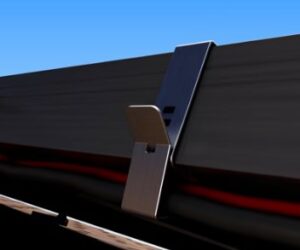Designing and manufacturing 100% watertight solar rooftop mounting systems and solar roof attachments is what we do. We are passionate about making every installation a success! That’s why here at EcoFasten, we take that role seriously, we ensure our installers have the right materials for all their solar installations.
Our mission is to empower our customers to be solar heroes. We do this by providing the most innovative and comprehensive products, services, and support – part of that support being education – that’s why we put these tips together for you. Here are some things to look out for and to be aware of before you begin the design of the PV array.
INSPECTING THE ROOF
Inspect the roof before designing the array, and pay close attention to the following aspects:
- Structural Evaluation
- Roof
- Building
- Roofing Material
- Age
- Type
- Roof Damage From
- Past work
- Pests
- Tree limbs
- Hail
- Underlayment condition (the primary source of waterproofing the roof)
- Roof drainage
- Roof traffic
- Roof access & safety
- Roof obstructions (vents, HVAC, Skylights)
Now that you’ve checked off the above, it’s time to focus on the roofing material itself.
FACT: EVERY TYPE OF ROOF REQUIRES SPECIAL CONSIDERATION WHEN INSTALLING SOLAR
COMPOSITION SHINGLE
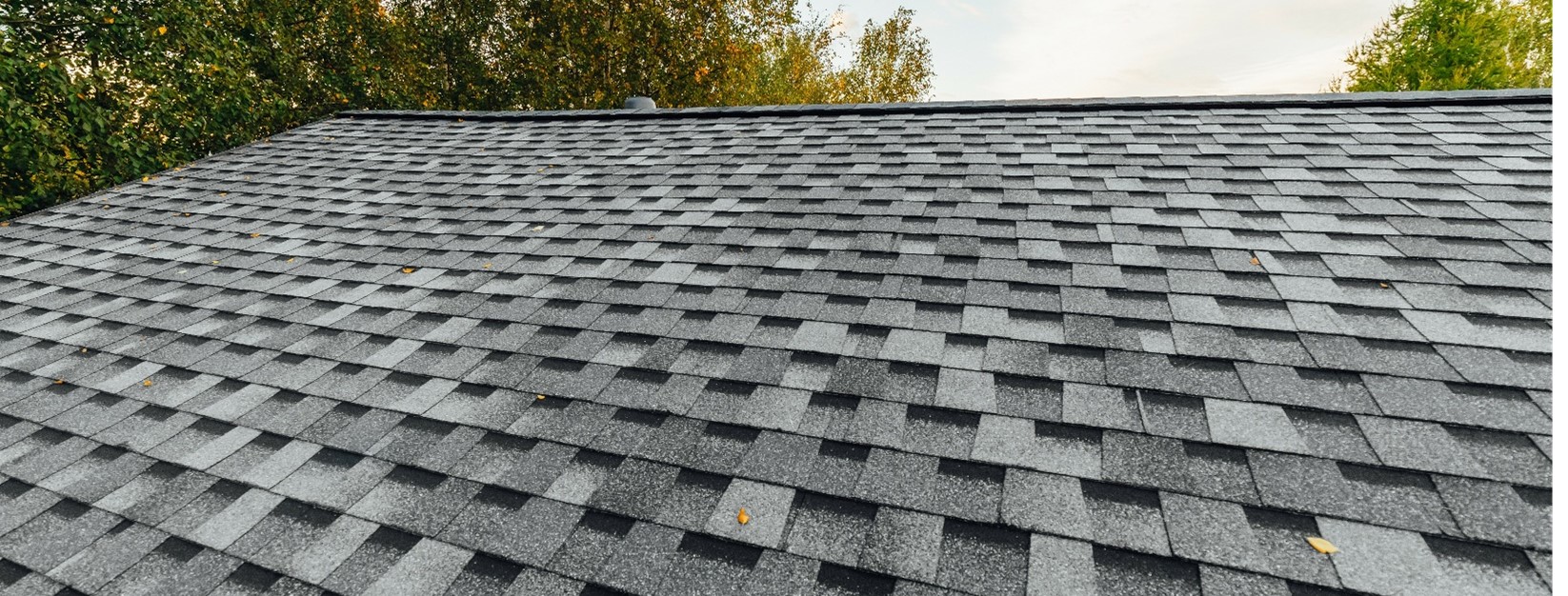
- Always install into a rafter
- Whenever possible, flashing should be positioned between vertical joints for additional waterproofing measures.
TILE
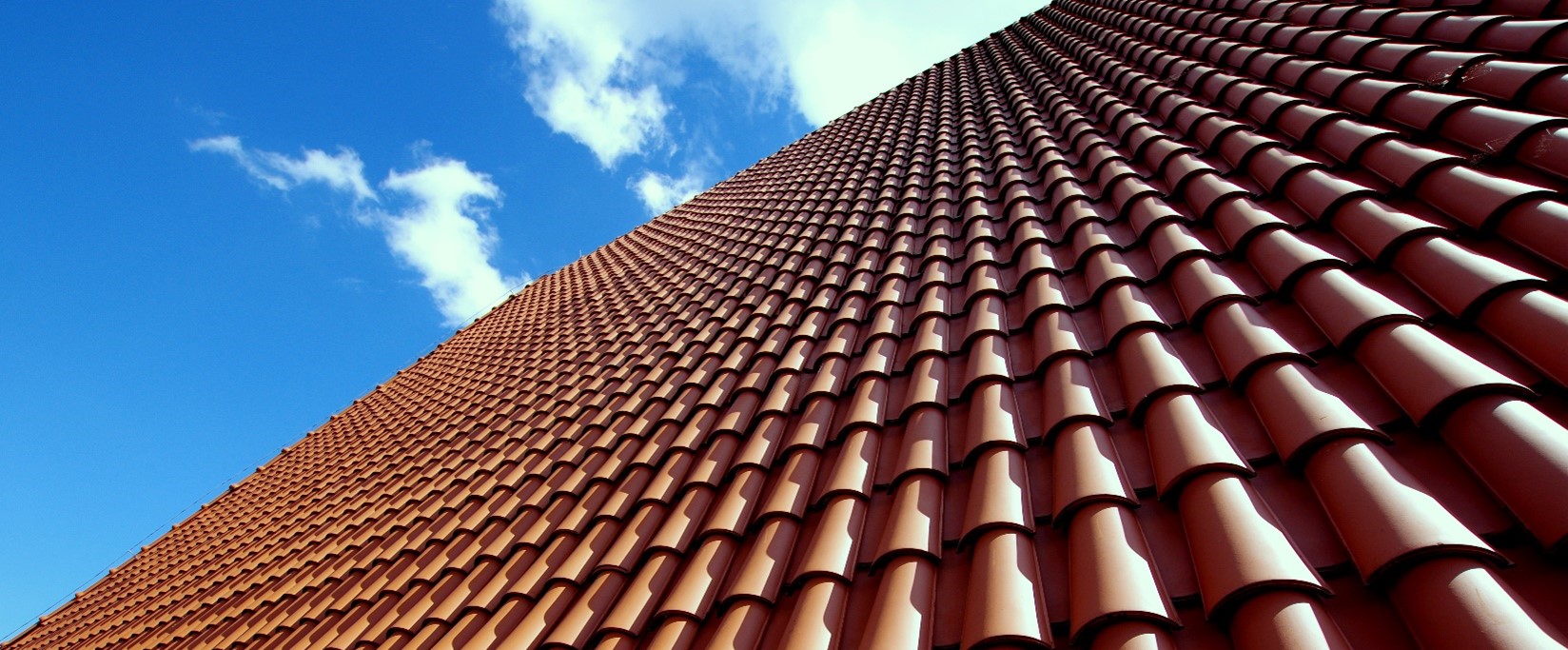
- Even the strongest tiles can be brittle and break easily – don’t stay on the roof longer than needed.
- Be especially mindful not to drop tools while on a tile roof.
- Replace damaged or cracked tiles before installing solar modules.
- Flashings that replace a complete tile should always be used with a tile hook, and not as a replacement tile only.
SLATE
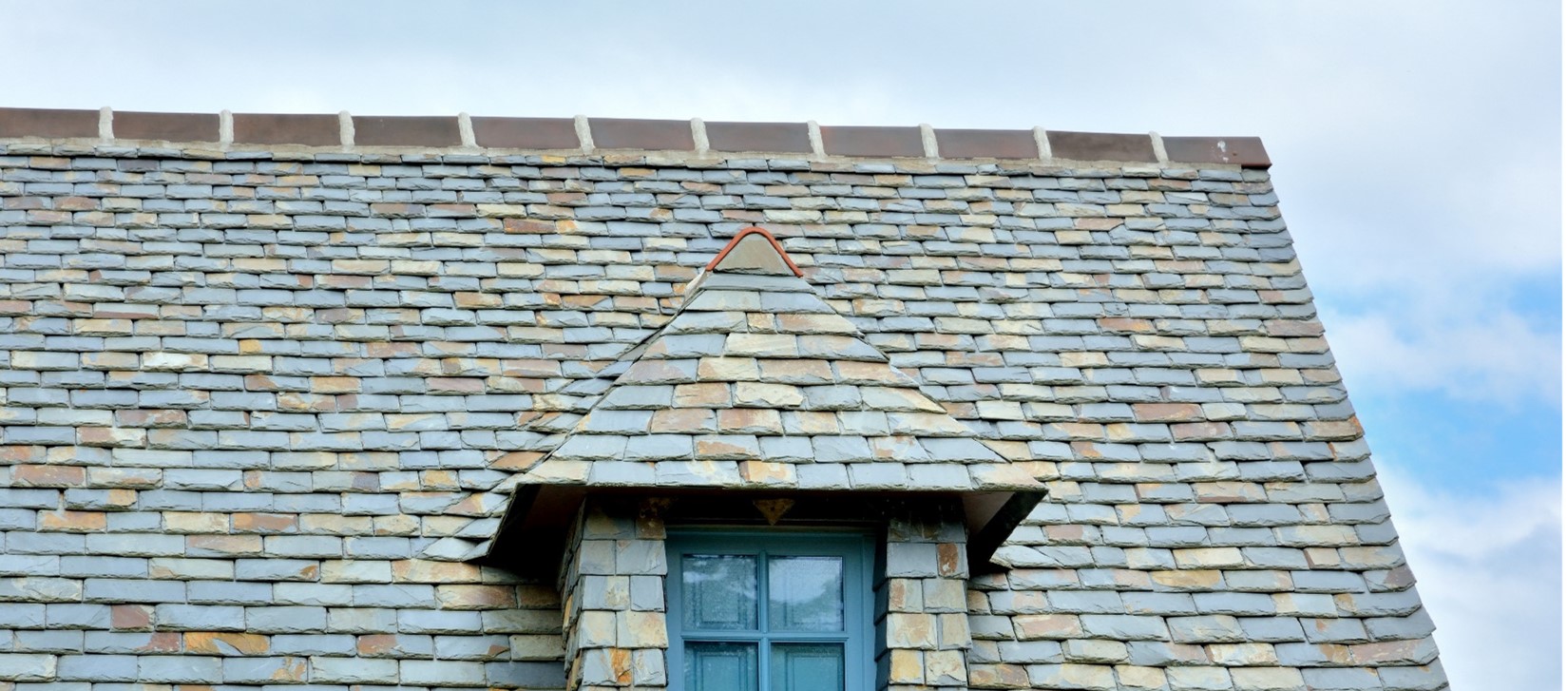
- DO NOT drill through slates.
- To ensure both code compliance and maximum waterproofing on slate roofs, the top edge of the flashing should always extend up and under the 3rdcourse of slate.
METAL – STANDING SEAM

- For installs on metal standing seam roofing, the roof mounts should utilize clamp-to-seam technology and oval-point (ball point) set screws, which never penetrate the roofing material.
- Never use mounts that void roofing manufacturer’s warranties.
- Request a sample of the roof mount you plan to use to test the attachment/fit will work.
METAL – CORRUGATED
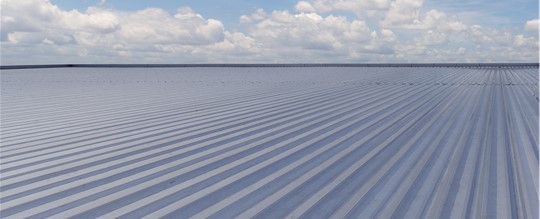
- Just like mounts for metal standing seam, it’s a good idea to request a sample of your meal corrugated roof mount selection for proper fit, as corrugated roofing can vary widely from manufacturer to manufacturer.
- It’s important to use mounts that either attach to the top of the panel ribs (as opposed to in the valley, where water flows and moisture accumulates) or use mounts that employ waterproofing technologies such as EPDM rubber bushings that will form a compression-fit seal once installed with an appropriate fastener.
LOW SLOPE / MEMBRANE (ROLLED ASPHALT, MEMBRANE, TPO, EPDM, PVC)

- Always check with the roofing manufacturer to ensure no warranties are being voided.
- What is a low-slope roof? As defined by National Roofing Contractors Association, the pitch of a low-slope roof is equal to or less than 3:12, seen in Fig. 1, below.
- The roof must remain watertight – so the flashings and attachment points must, too.
- Different low-slope roof coverings will have different flashing requirements.

SIPS (STRUCTURAL INSULATED PANELS)
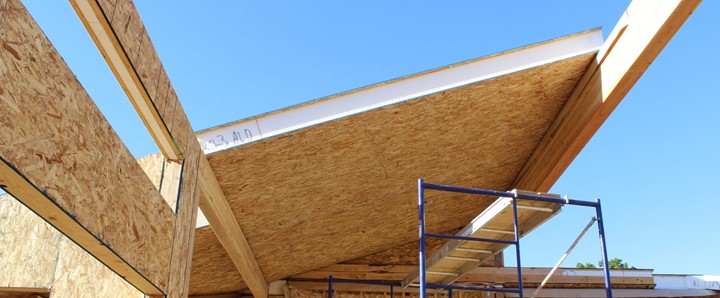
- Choose a mounting system that’s lightweight and durable; One that will enhance uplift and seismic values.
- Use a system with a large base plate. This will allow multiple attachment points to distribute compressive loads over standard insulation.
ADDITIONAL FACTORS TO CONSIDER
WIND RESISTANCE
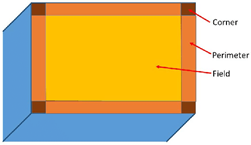
- There are 3 zones wind resistance analysis takes into consideration:
- Field Zone- interior- lowest wind loads
- Perimeter Zone- ends- middle wind loads
- Corner Zones- highest wind loads
- Wind uplift could move or rip off and ruin the roof surface if the system is not engineered for the correct wind resistance.
FIRE RESISTANCE

- Roof systems are classified by fire resistance level
- Class A – Least flammable (max spread of flames = 6 ft.)
- Class B – Moderate surface resistance against fire (max spread of flames = 8 ft.)
- Class C – Minimal fire resistance properties (max spread of flames = 13 ft.)
- The PV system must be engineered with materials to match the fire classification of the roof.
- The fire rating for PV components is governed by UL testing.
ROOF WARRANTY

- Always follow the Limited Manufacturer Warranty for design, installation, and maintenance procedures. Failing to do so could void the roofing manufacturer’s warranty.
- Flashing must be compatible with the roofing manufacturer’s installation instructions.
- Rooftop PV cannot interfere with roof maintenance.
- Work with the roofing manufacturer and the roofing contractor whenever possible.
Still looking for another solution?
We offer a complete line of patented, watertight solar roof mounting systems. and solar roof attachment solutions that can be paired with a wide variety of brackets, allowing installers to attach EcoFasten roof mounts to any racking option. All EcoFasten compression brackets are designed with a countersink milled into the underside of their base. Depending on roof type, a cone-shaped base plate, flashing, and/or EPDM grommet fits into the bracket’s countersink. When installed and fastened to the roof, a compression-fit, watertight seal is created.
EcoFasten, an Enstall Company, has established a reputation for being one of the industry’s leading innovators by providing expert solutions for mounting solar PV on any roof. EcoFasten’s broad portfolio of solar rooftop mounting systems and attachments stems from the direct needs of solar PV installers. EcoFasten takes pride in providing the right solution for every application.
877.859.3947
Images from Research Gate, Suncrest NV, and Adobe Stock


